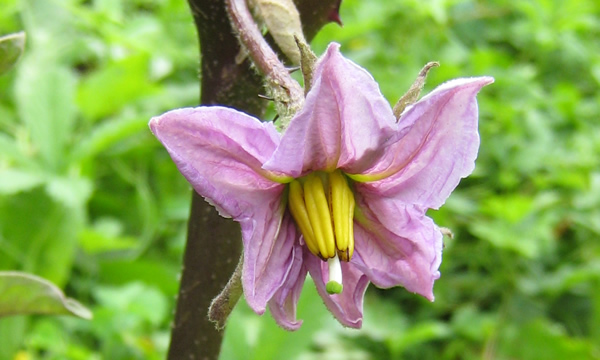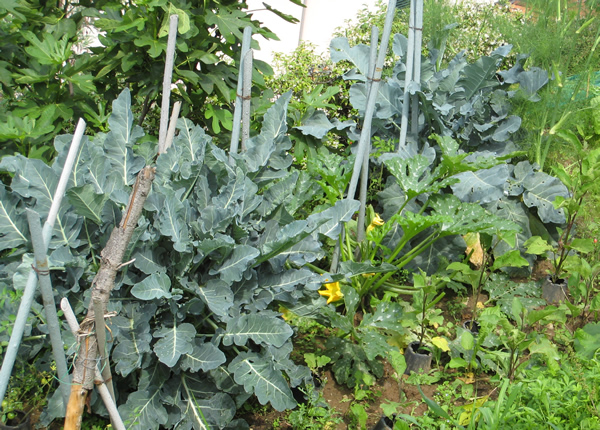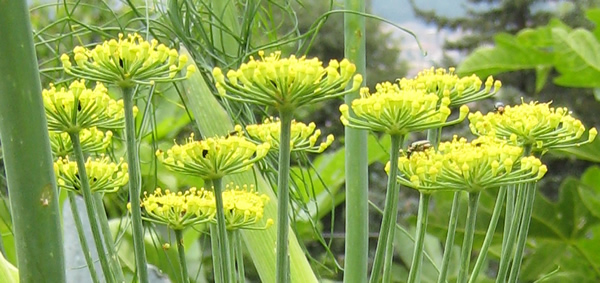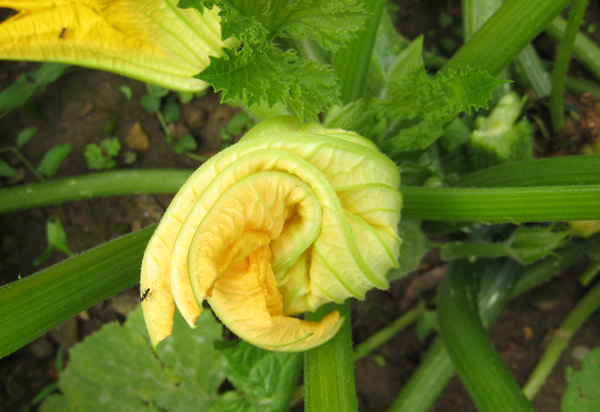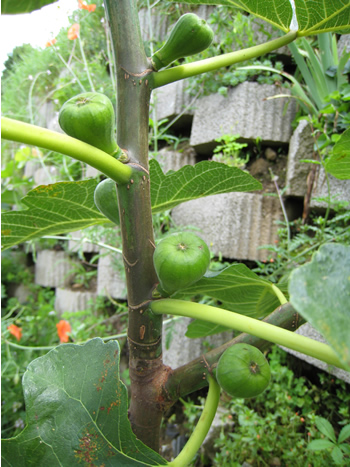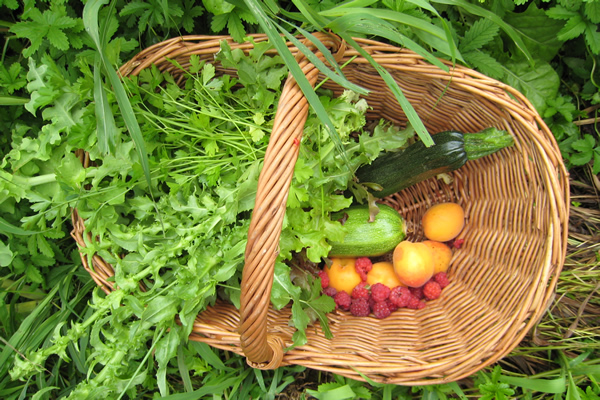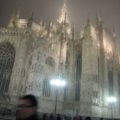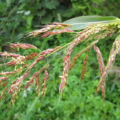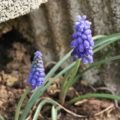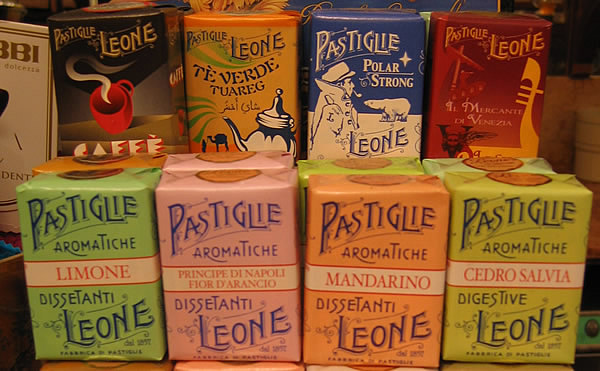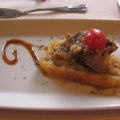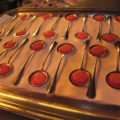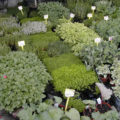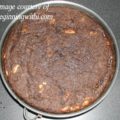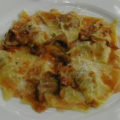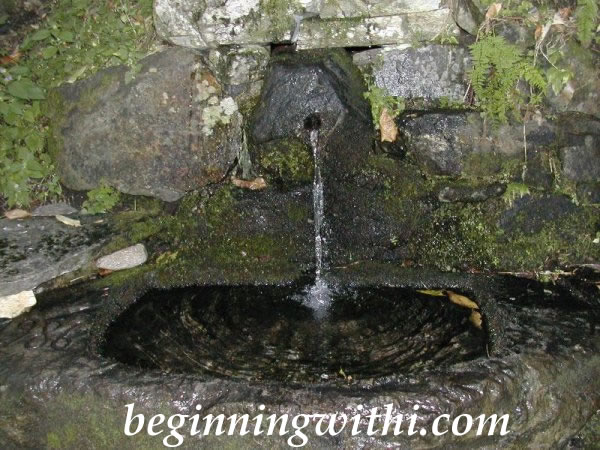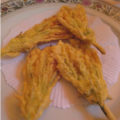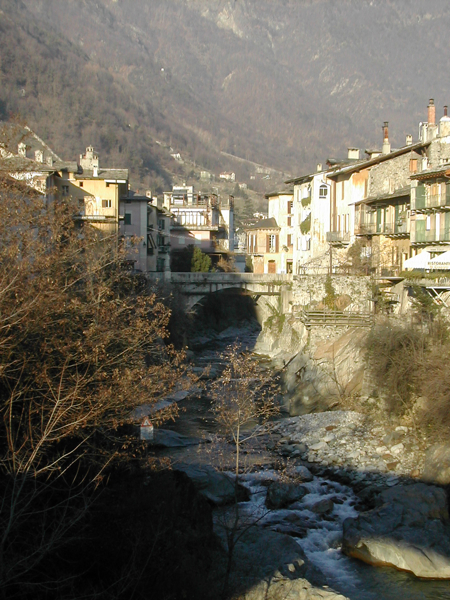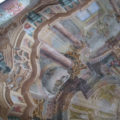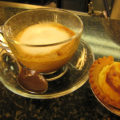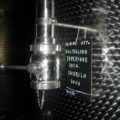It’s the Little Things That Surprise You
When you move to a foreign country, you expect (if you are wise) that the food will be different from what you’re used to. For the adventurous this is a welcome change, a chance to explore new flavors and habits (though sometimes you also crave the taste of home, wherever that is for you).
It takes you by surprise, though, when even the basics are different.
When I was a kid, milk was simple. In Bangkok, the Foremost milk truck came to our house once a week. It was a huge refrigerated vehicle with thick little doors on the sides that opened to disgorge wonderful things: milk in orange and white cartons, ice cream, and fudgesicles. I don’t know if Foremost even had a skimmed milk option in those days; I don’t remember ever seeing it.
In the US, milk came in the same paper cartons and in big white plastic gallon jugs. We always bought gallons, and the jug was always finished before the milk went bad, in part because I drank it so fast. But even as I got older and drank less milk (when I returned to the US for college), I still bought gallons, and it never went bad.
One of the first things that surprised me in Italian food shops was the size of the milk: it came in half-liter or liter Tetra pak bricks, nothing larger. A family of three or four, especially with small kids, would easily go through one or more liters a day, and one of the cliches of Italian family life is someone having to run out to a neighborhood shop early in the morning to get milk for the family breakfast (tall, steaming mugs of hot milk, with the kids having a drop of coffee in it Рcaff̩ latte Рeven from very young ages).
So why wasn’t milk available in larger packages? I soon found out: it goes bad incredibly quickly. Once opened, a carton has to be finished in a day or two, three if you really push it. I initially blamed this on the packaging: the only way to open a Tetra pak brick is to cut or rip a corner off it. This can make for messy pouring (depending on the cut you make and whether you are able to hold the full brick without squeezing), and then the carton can’t be closed again in any meaningful way. At least American-style half-gallon milk cartons fold in on themselves to protect their contents.
A few years after we moved to Milan, innovations in milk packaging began to appear on supermarket shelves: round Tetra pak cartons with screw-on lids, American-style fold-in cartons (though only in a half- or one-liter size, the latter very similar to an American quart carton), and plastic bottles. At least one ecologically-minded company offered returnable glass bottles, but that didn’t last long.
However, even in resealable packaging, the milk still went bad quickly. I guess we drink less than the average Italian family. It tasted different, too. Better, worse, I don’t know – it wasn’t like the American milk I was used to, but it was certainly drinkable, and anyway I was drinking far less than I had in childhood.
But I do like milk in my coffee, and with the cereal I sometimes eat (Ross practically lives on Special K, which tastes far better in Italy than in its native land, interestingly). I’m a disorganized shopper at best, and, especially where we live now, running out in the morning to grab some milk is not an option. So trying to keep fresh milk in the house is a constant irritant.
An alternative you have probably thought of, if you’ve lived anywhere outside the US in your lifetime, is UHT milk: the ultra-high temperature process it’s subjected to gives it a shelf life of months. But it tastes horrid, and some brands worse than others. I know people who drink it all the time and are happy. I could never get used to it.
Lately there’s a new kid on the block, micro-filtered milk. I don’t know what exactly micro-filtering consists in, but the flavor is excellent and it keeps for weeks. (Maybe this is the process they’ve been using in the US all along?) This is now my milk of choice, when I can find it. Stores aren’t stocking it much yet, perhaps because the public is suspicious. Our friend Michele, who used to own a bakery (and bakeries always sell milk for those early morning breakfast emergencies), said his customers wouldn’t buy it.
I do, whenever I can. It’s so nice to be able to stock up and know that I don’t have to think about buying milk for a while!
May 10 – One of the commenters on this article wondered why you can’t buy milk in Italy in a reseable one-gallon plastic jug. Aside from the aforementioned spoilage problem, there’s also a problem of space: Italian refrigerators are much smaller than American ones, reflecting the fact that Italians shop more often, and their homes are smaller. Even in our big new house, the “big” new refrigerator we bought is only 60 cm wide.
Many American fridges these days are built with very deep doors where big beverage bottles and jugs can be stored for easy access. In Italy, it can be difficult to fit a two-liter bottle anywhere at all.
What food surprises have you encountered in a new country?


